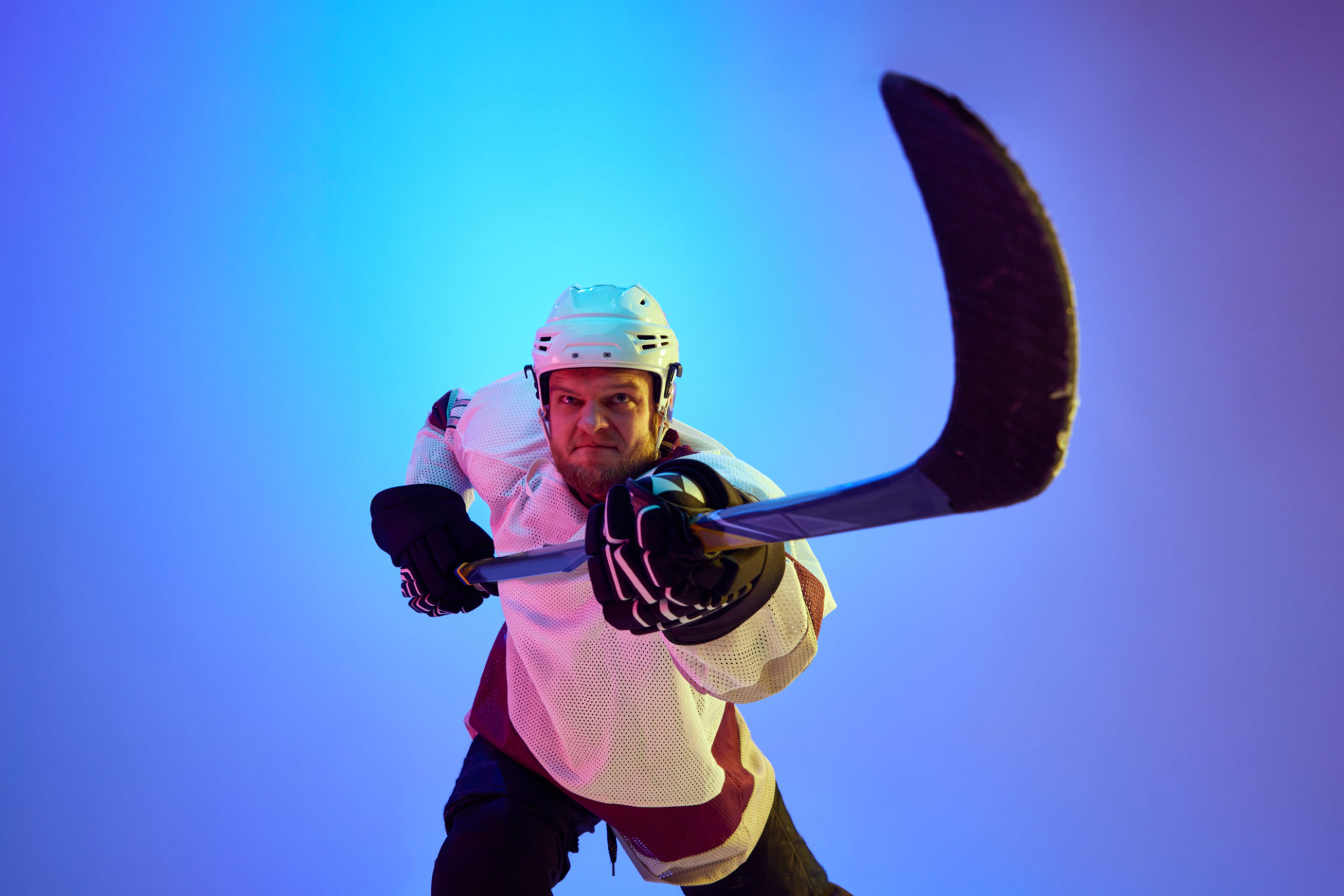Myths About Off-Season Training for Hockey Players: What You Really Need to Know
Introduction to Off-Season Training Myths
The off-season is an essential period for hockey players to enhance their skills, recover from the rigorous season, and prepare for the challenges ahead. However, many myths about off-season training can mislead athletes. Understanding what truly benefits your training regime is crucial for improvement and injury prevention.

Myth 1: Rest Means Doing Nothing
One common misconception is that resting during the off-season means completely avoiding physical activity. While it is essential to allow your body to recover, complete inactivity can lead to a loss of fitness and skill. Instead, focus on active recovery, which includes light activities such as yoga, swimming, or cycling to maintain a baseline level of fitness while giving your muscles time to heal.
Balancing Rest and Activity
Achieving the right balance between rest and activity is key. Incorporate low-intensity exercises to keep your body engaged without overexerting yourself. This approach ensures you return to full training with enhanced performance capabilities rather than starting from scratch.
Myth 2: More Intensity Equals Better Results
Another widespread belief is that the more intense the training, the better the results. However, this approach can lead to burnout and injury. Off-season training should focus on progressive overload, where intensity gradually increases over time. This method allows the body to adapt and improve without unnecessary strain.
The Role of Strength and Conditioning
Strength and conditioning should be a significant component of your off-season program, but it's important to tailor these workouts to your specific needs. Consult with a coach or trainer to develop a plan that emphasizes building strength without compromising endurance or flexibility.

Myth 3: Skill Training Can Be Overlooked
Some players believe that focusing solely on physical conditioning during the off-season is enough, neglecting skill development. In reality, honing your technical abilities is just as crucial as maintaining physical fitness. Dedicate time to practice skills like stickhandling, shooting, and passing to ensure you remain sharp.
Integrating Skills into Your Regimen
- Stickhandling drills
- Shooting accuracy exercises
- Passing drills with teammates or against a wall
These activities can be incorporated into your regular routine and adjusted based on individual progress and goals.
Myth 4: "Nutrition Doesn’t Matter During the Off-Season"
Truth : Proper fueling accelerates progress.
Proteins : Chicken, fish, eggs, protein shakes (muscle repair).
Carbs : Quinoa, sweet potatoes, veggies (energy).
Fats : Avocado, nuts, olive oil (joint and brain health).
Hydration : Aim for 3–4 liters of water daily.
Sample Daily Menu
- Breakfast: Oatmeal + berries + scrambled eggs.
2.Snack: Greek yogurt + almonds.
3.Lunch: Grilled salmon + roasted veggies.
4.Dinner: Chicken stir-fry with quinoa.
Myth 5: "Off-Season Training Is a Solo Endeavor"
Hockey is a team sport—stay connected:
Train with teammates: Summer hockey, small-area games.
Analyze past matches: Identify tactical weaknesses.
Team-building: Paintball, soccer, or hiking to strengthen chemistry.
Myth 6: "Technology Is Unnecessary"
Leverage tools to track progress:
Wearables : Smartwatches for heart rate and sleep monitoring.
Apps : MyFitnessPal (nutrition), Hudl (technique analysis).
Video review : Compare your skating stride or shot mechanics to pros.
Myth 7: "The Off-Season Isn’t for Experimenting"
Test new approaches now to avoid mid-season failures:
Unconventional workouts : Rock climbing (grip strength), CrossFit (endurance).
Gear trials : Test new sticks or skates in low-pressure settings.
Tactical drills : Add a "Michigan move" or "between-the-legs" shot to your arsenal.
Myth 8: "Flexibility Isn’t for Hockey Players"
Injuries thrive in tight muscles. Stretch daily:
Dynamic warm-ups : Leg swings, arm circles pre-workout.
Static stretches : 30-second holds (hamstrings, hip flexors).
Yoga : 1–2 sessions weekly for mobility and posture.
Weekly Training Plan Example
Monday : Strength training + swimming.
Tuesday : Skill work (shooting/passing) + yoga.
Wednesday : Cycling + film study.
Thursday : Rest or light hiking.
Friday : Team scrimmage.
Saturday : Plyometrics + ice session.
Sunday : Active recovery (rollerblading, walking).
Conclusion
Your off-season is the foundation for next season’s success. Avoid these myths by:
Personalizing your plan (position-specific goals).
Consulting experts (trainers, dietitians).
Embracing adaptability (learn from setbacks).
Concluding Thoughts
Understanding and debunking these myths about off-season training can help hockey players optimize their performance when the new season begins. By balancing rest with activity, incorporating strength and conditioning, and maintaining skill development, athletes can ensure they are ready for the challenges ahead. Remember, effective training is about quality, not just quantity.
